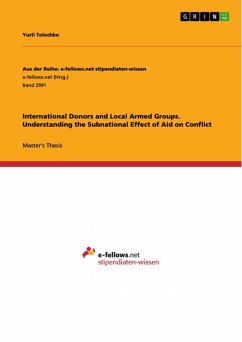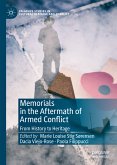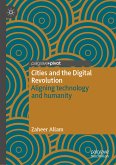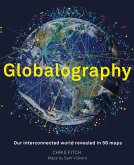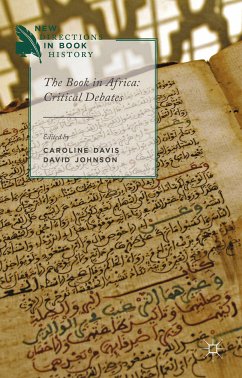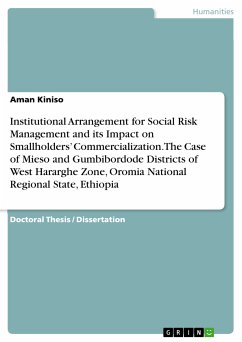Master's Thesis from the year 2018 in the subject Social Studies (General), grade: 1,7, University of Constance, language: English, abstract: Research on the relationship between foreign aid and conflict has been focusing primarily on the country level of geographical aggregation. First of all, this approach disregards any geographical variation of the events and simply assumes that conflict as well as aid in a given year is evenly distributed across a given country. Secondly, it is susceptible to many problems stemming from limited number of units of analysis. Moreover, most of the topical scholarship attempts to establish the existence of a relationship in and of itself, without disaggregating by the type of donor and type of environment where aid flows to. The results of many studies show no clear consensus and often contradict each other. This work bridges the existing gap in literature by examining the relationship between foreign aid and the conflict intensity on a level of subnational administrative units (ADM1). The primary distinctive feature of this work is that aid projects are classified according to the developed and justified indices of donors' adaptability and local environment's receptivity. The data encompasses 5 African countries with the timeframe from 1998 to 2009 without gaps in coverage. An alternatively coded dataset which focuses on DRC with the timeframe of 1998 to 2014 is used for purposes of additional validity. In contrast to most other published research, the results indicate that there is no significant association between foreign aid and the level of conflict. Additionally, the hypotheses that the relationship is contingent on the adaptability and receptivity scores are also refuted. Disaggregating aid by fungibility also does not provide a significant link between aid and conflict. The implications of these findings are discussed, especially with respect to the contradictory findings in the existing literature. Measures and recommendations are devised both for future research avenues as well as for the broader audience, particularly for the actors responsible for international aid.
Dieser Download kann aus rechtlichen Gründen nur mit Rechnungsadresse in A, B, BG, CY, CZ, D, DK, EW, E, FIN, F, GR, HR, H, IRL, I, LT, L, LR, M, NL, PL, P, R, S, SLO, SK ausgeliefert werden.

